Factor completely.27x2 - 117x - 90
A. prime
B. 9(3x + 2)(x - 5)
C. (27x + 18)(x - 5)
D. 9(3x - 2)(x + 5)
Answer: B
You might also like to view...
Graph the function, showing all asymptotes (those that do not correspond to an axis) as dashed lines. List the x- and y-intercepts.f(x) = 
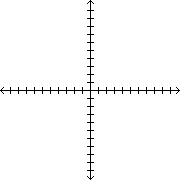
A. No x-intercepts, y-intercept:  ;
;
B. No x-intercepts, y-intercept:  ;
;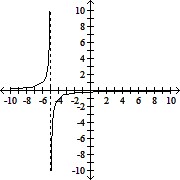
C. No x-intercepts, y-intercept:  ;
;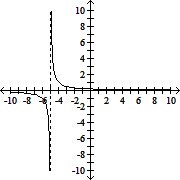
D. No x-intercepts, y-intercept:  ;
;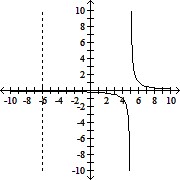
Graph the function. Describe its position relative to the graph of the indicated basic function.f(x) = e-x + 2; relative to f(x) = ex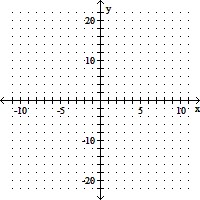
A. Moved left 2 units;
reflected across the y-axis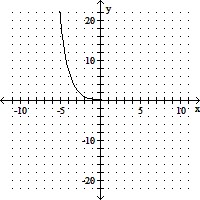
B. Reflected across the y-axis;
moved right 2 units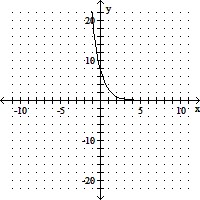
C. Reflected across the y-axis;
moved left 2 units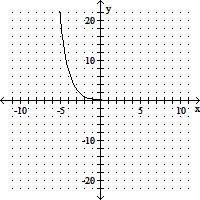
D. Moved right 2 units;
reflected across the y-axis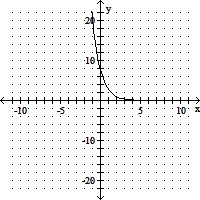
Solve the problem.The spread of a cold virus can be modeled using logistic equations. The key assumption is that at any given time, a fraction y of the population, where 0 ? y ? 1, has the virus, while the remaining fraction src="https://sciemce.com/media/4/ppg__wesa0610191635__f1q17g3.jpg" alt="" style="vertical-align: -4.0px;" /> and solve the initial value problem where the number of people who initially have the cold virus is  does not. Furthermore, the cold virus spreads by interactions between those who have it and those who do not. The number of such interactions is proportional to y(1 - y). Therefore, the equation that describes the spread of the virus is
does not. Furthermore, the cold virus spreads by interactions between those who have it and those who do not. The number of such interactions is proportional to y(1 - y). Therefore, the equation that describes the spread of the virus is  where k is a positive real number. Assume
where k is a positive real number. Assume 
A. y = 
B. y = 
C. y = 
D. y = 
Find the volume of the indicated region.the region bounded below by the xy-plane, laterally by the cylinder  and above by the plane
and above by the plane 
A.  ?
?
B.  ?
?
C.  ?
?
D.  ?
?